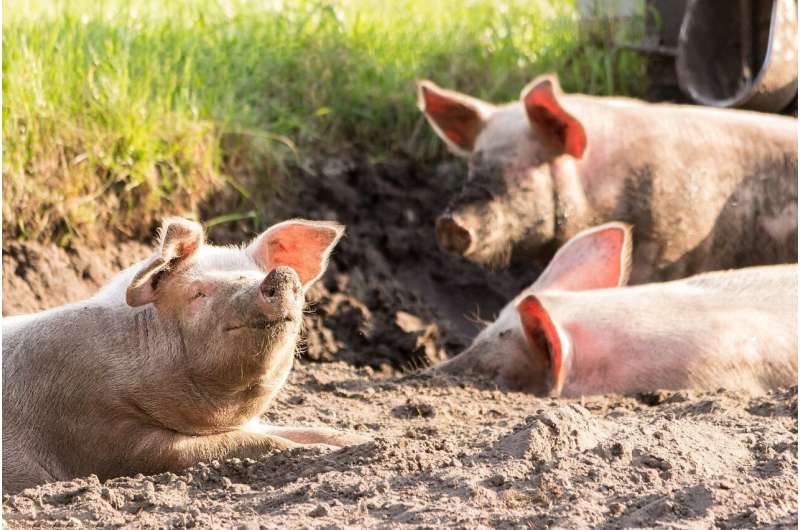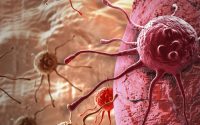New discovery could phase out medications from pig intestines

The most expensive part of the pig is neither the tenderloin nor the neck chop, but part of the intestine used for medicine against blood clots. There are about 2,000 pigs required to produce a kilogram of the drug heparin, which is a blood-thinning drug for millions of people. One kilogram of heparin provides medication to up to 6000 patients. In total, it is estimated that about one billion primarily Chinese food pigs each year also supply intestines for the extraction and processing of heparin.
However, this can cause problems for patients. When making medicines derived from animals, the chemical structure is rarely uniform. It can cause relatively common but harmless side effects, and in very rare cases severe and life-threatening immune reactions.
Therefore, it has long been an ambition among researchers to make heparin in a laboratory to get cleaner heparin without side effects. Now researchers from the Copenhagen Center for Glycomics at the University of Copenhagen are ready with a study that shows that it is possible to make heparin without the use of animals.
“By making heparin without the animal, you get a much cleaner and more uniform chemical structure. We show that we can do it in the laboratory, i.e. in a so-called ‘cell factory’, in the same way as many other types of medicine are made. It is a step in the direction of the development that has also happened with insulin, which was previously extracted from the pancreas in pigs before we learned to produce it in the laboratory,” says Associate Professor Rebecca Miller. She led the study, which was published in Science Advances.
A synthetic alternative to heparin exists. However, it is difficult to dose and can lead to overdose. Therefore, GPs often prescribe animal heparin to their patients.
Contaminated heparin
Heparin is today extracted from the so-called mucosa from the pig intestine. Here, crude heparin is extracted, which then ends up as a drug in the patients.
But because of the many millions of patients who need the medicine, the size of the production is huge. This has made quality control a recurring problem for manufacturers.
In 2008, a number of stocks of heparin from Chinese pigs were recalled when it was found that the medicine was contaminated. The case ended up costing the lives of more than 100 Americans.
“Of course you want to avoid that, in addition to moving the source from animals to laboratory cells. With our new technology, we have made a design for how to make heparin in a cell that is clean and uniform and it suggests that it has the same medicinal effect as market heparin. In this way, you potentially get a product that leads to neither common nor life-threatening side effects,” says Ph.D. Richard Karlsson, who has also contributed to the main author of the study.
Right now, the world is facing a shortage of heparin due to swine flu, which has reduced the population of pigs from China considerably. China is the primary producer of heparin.
Source: Read Full Article


